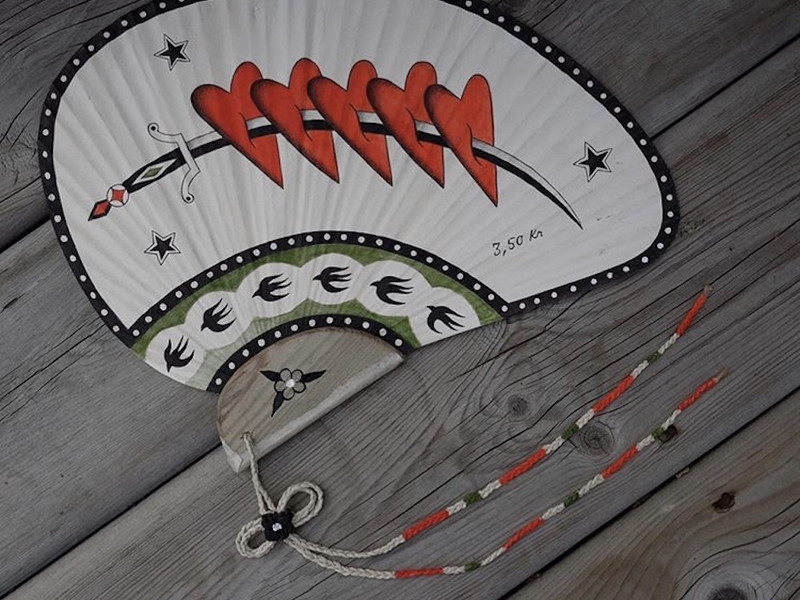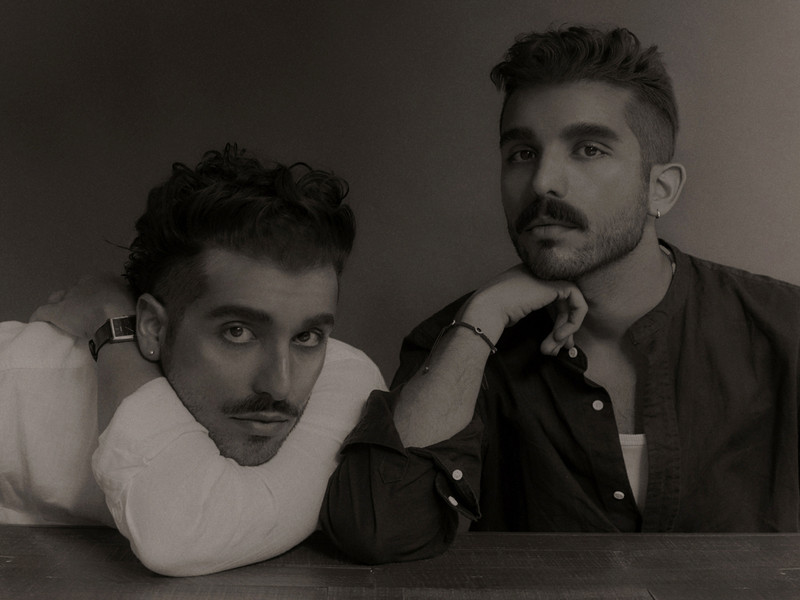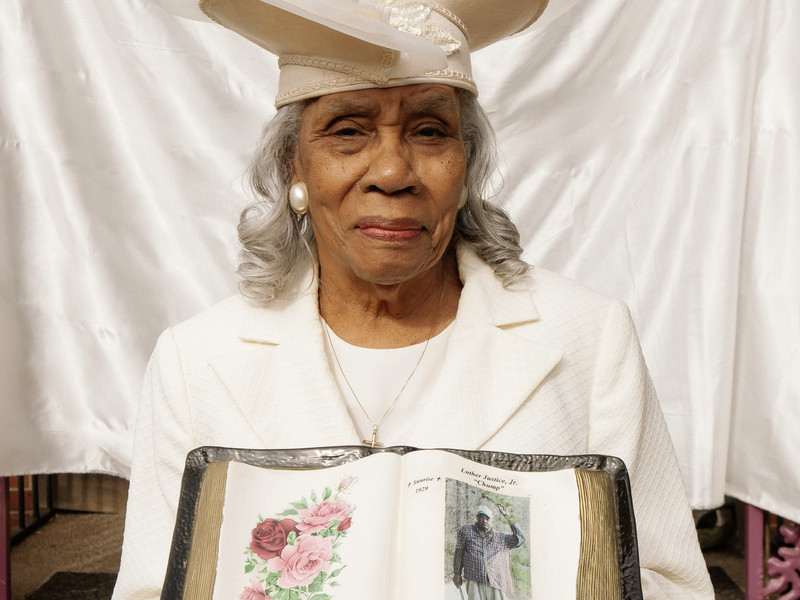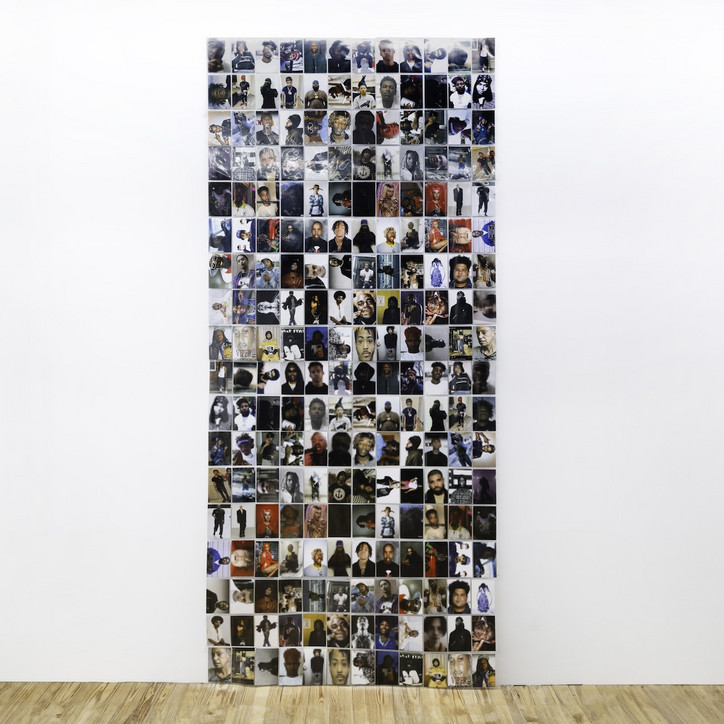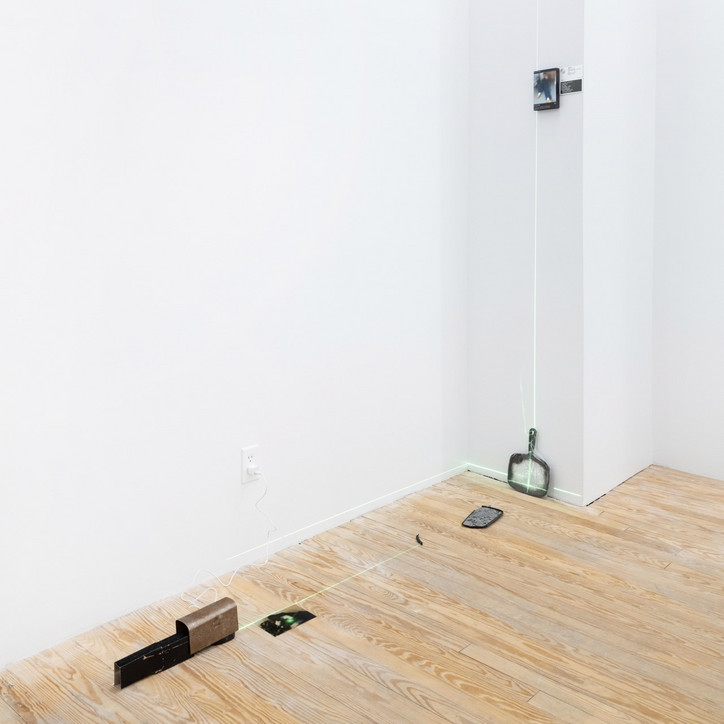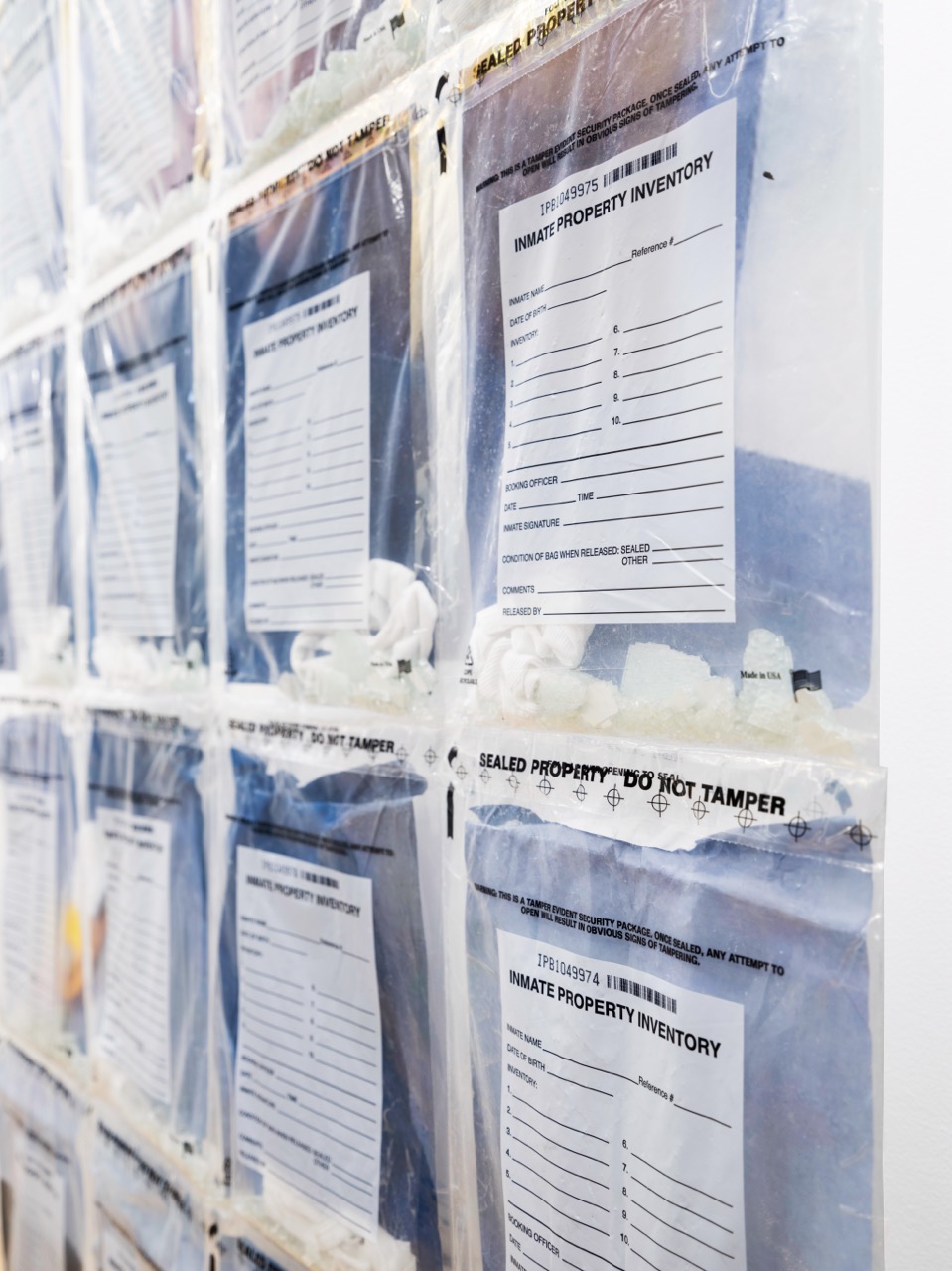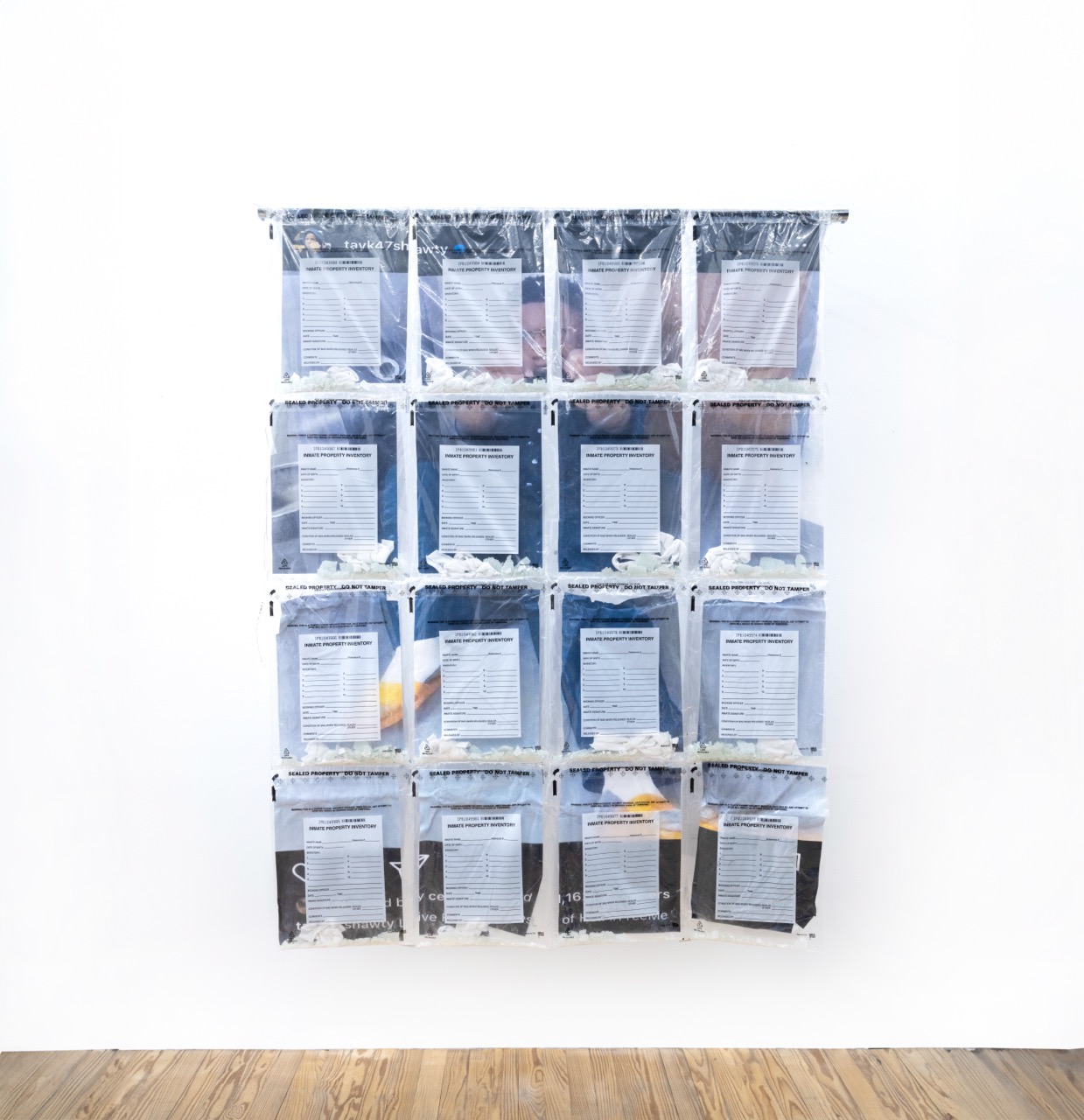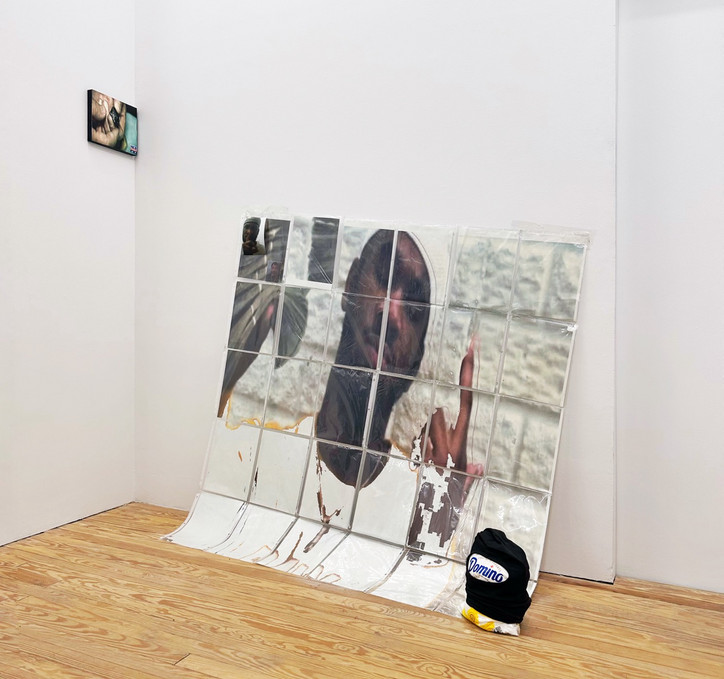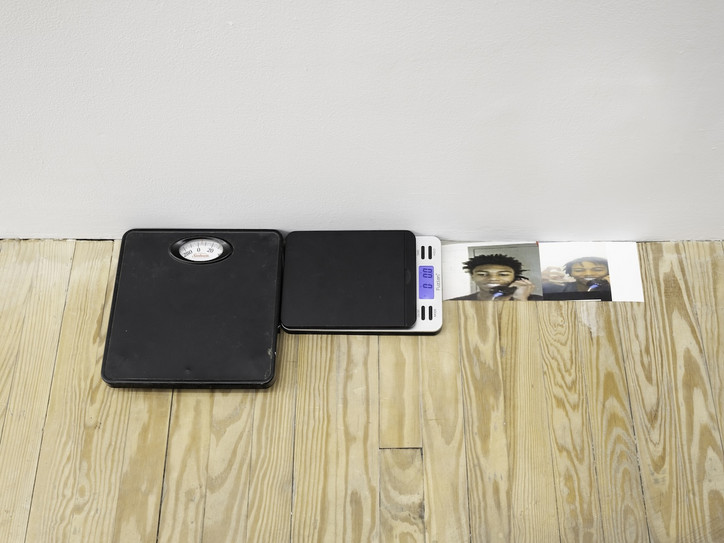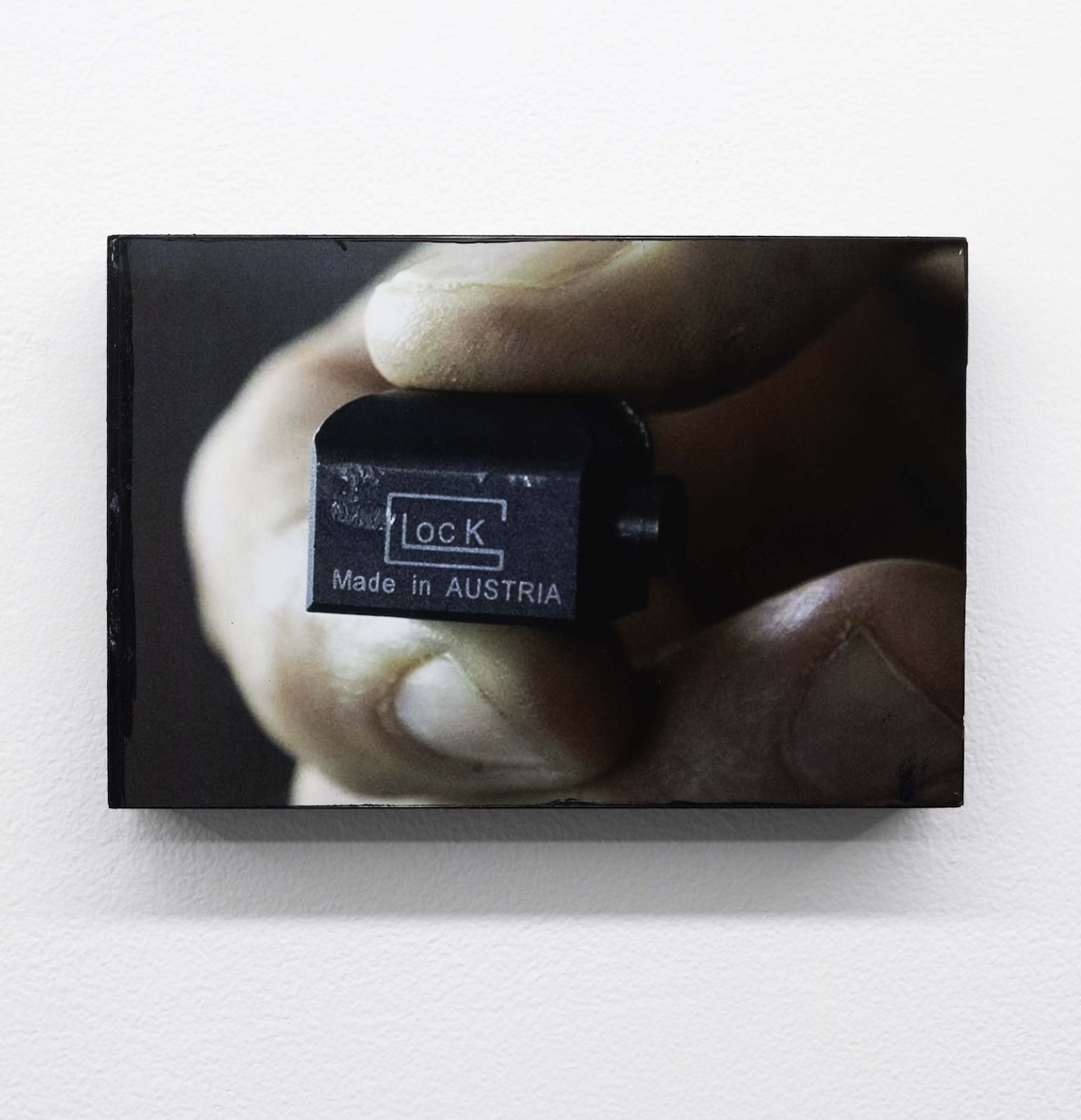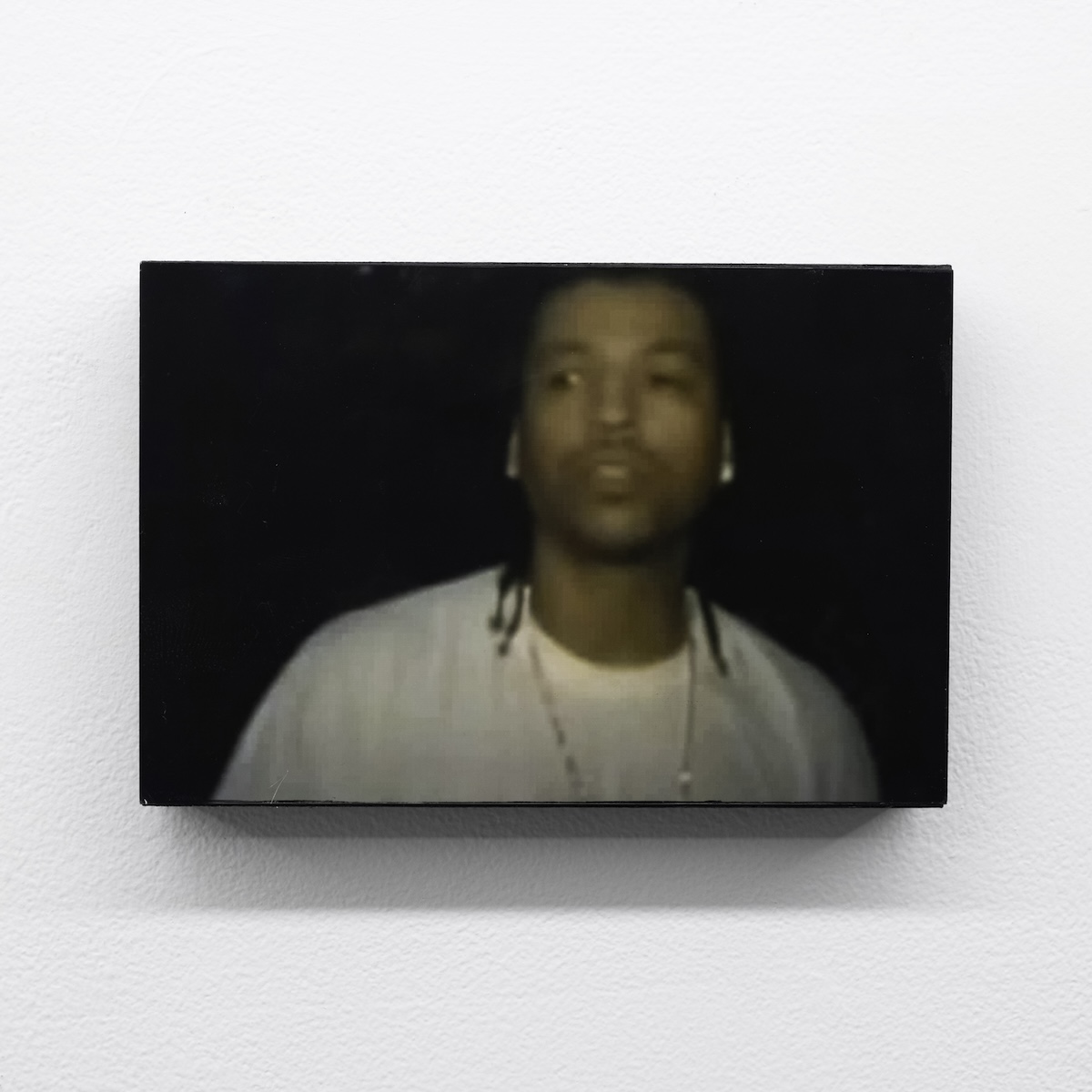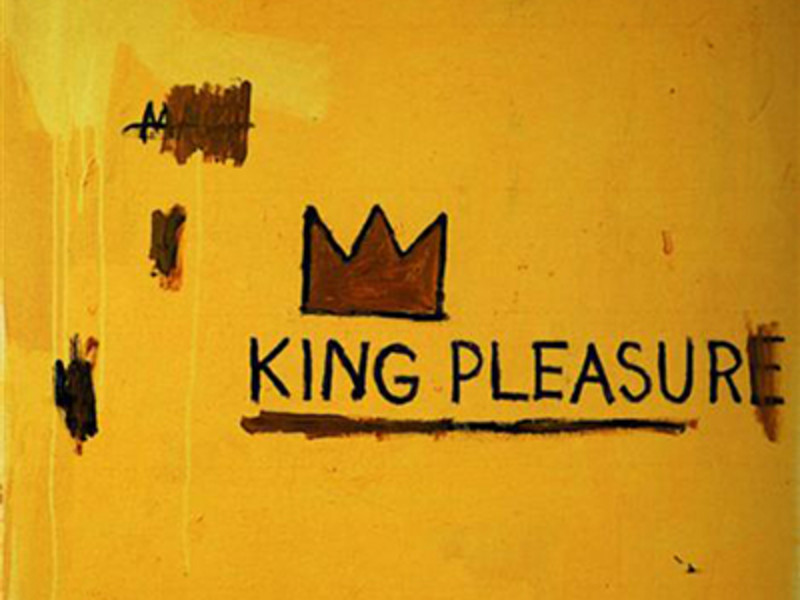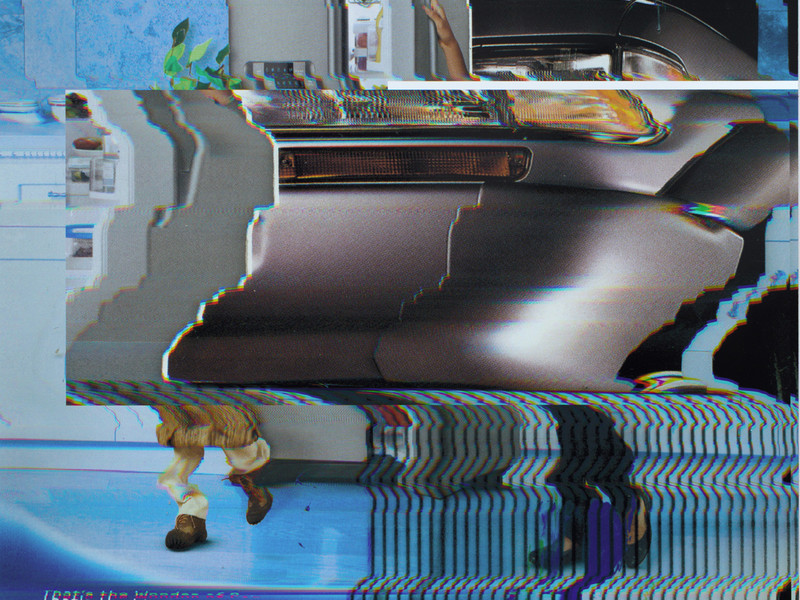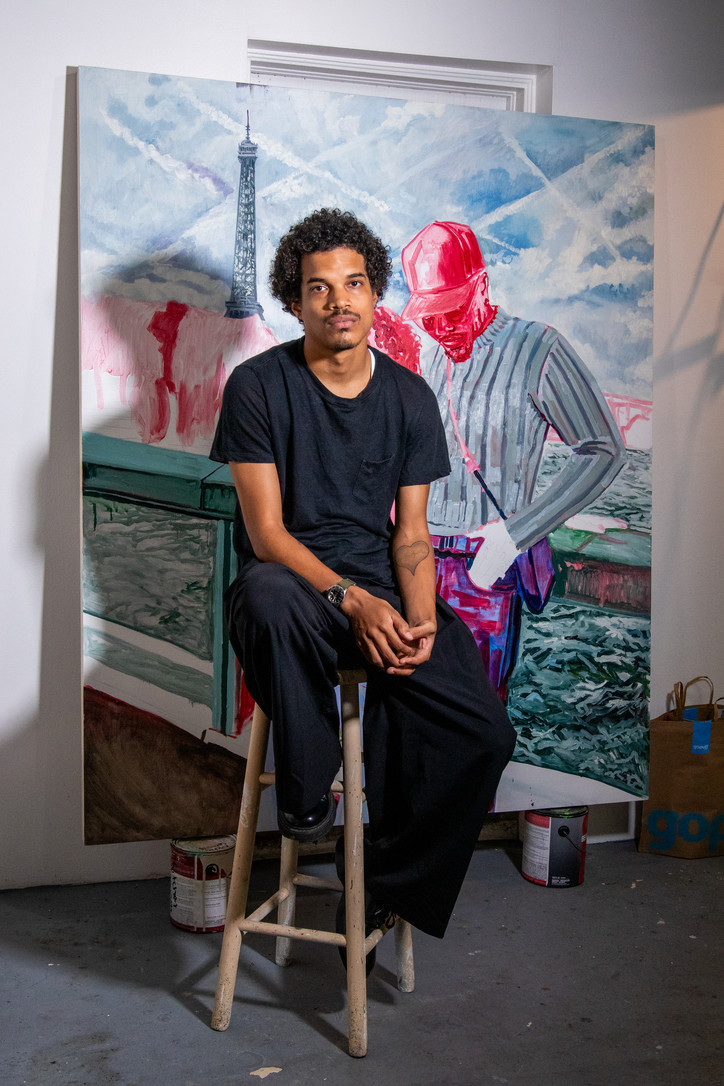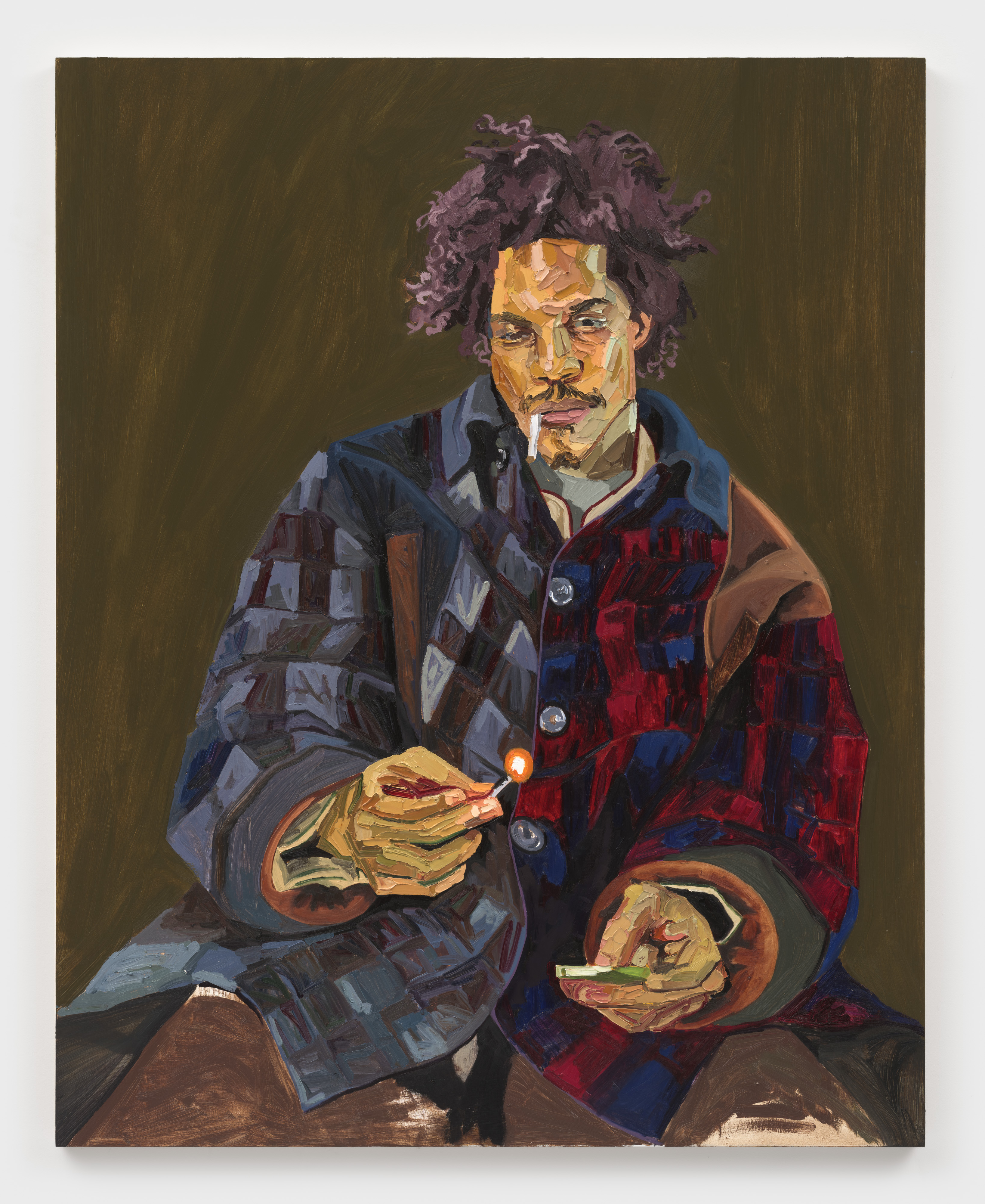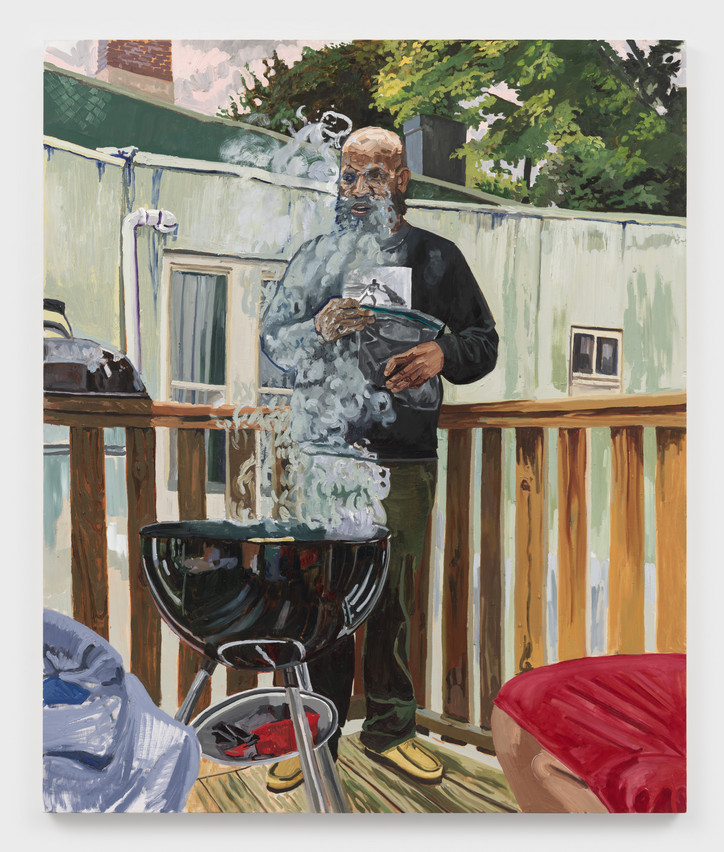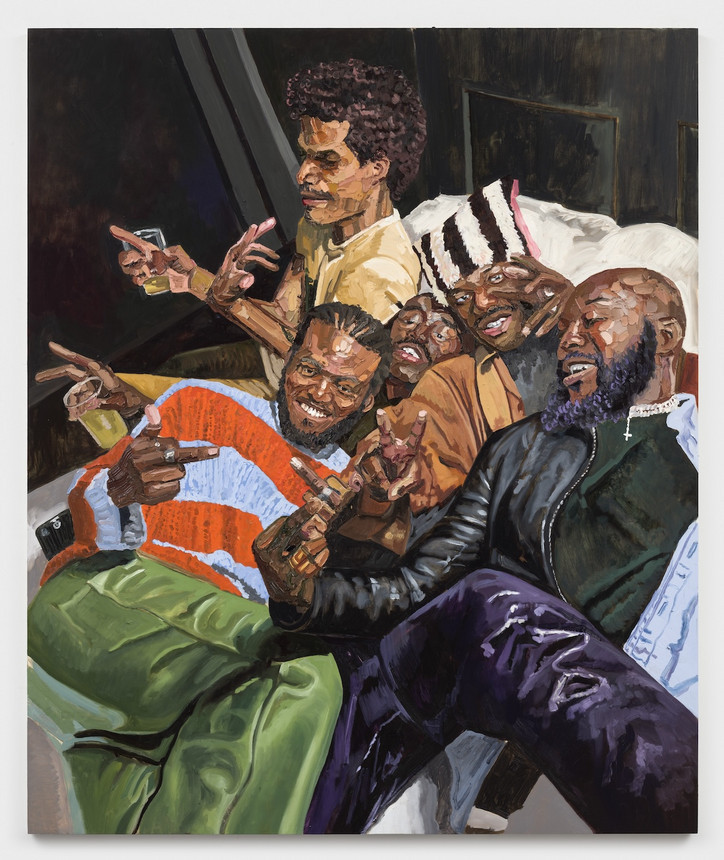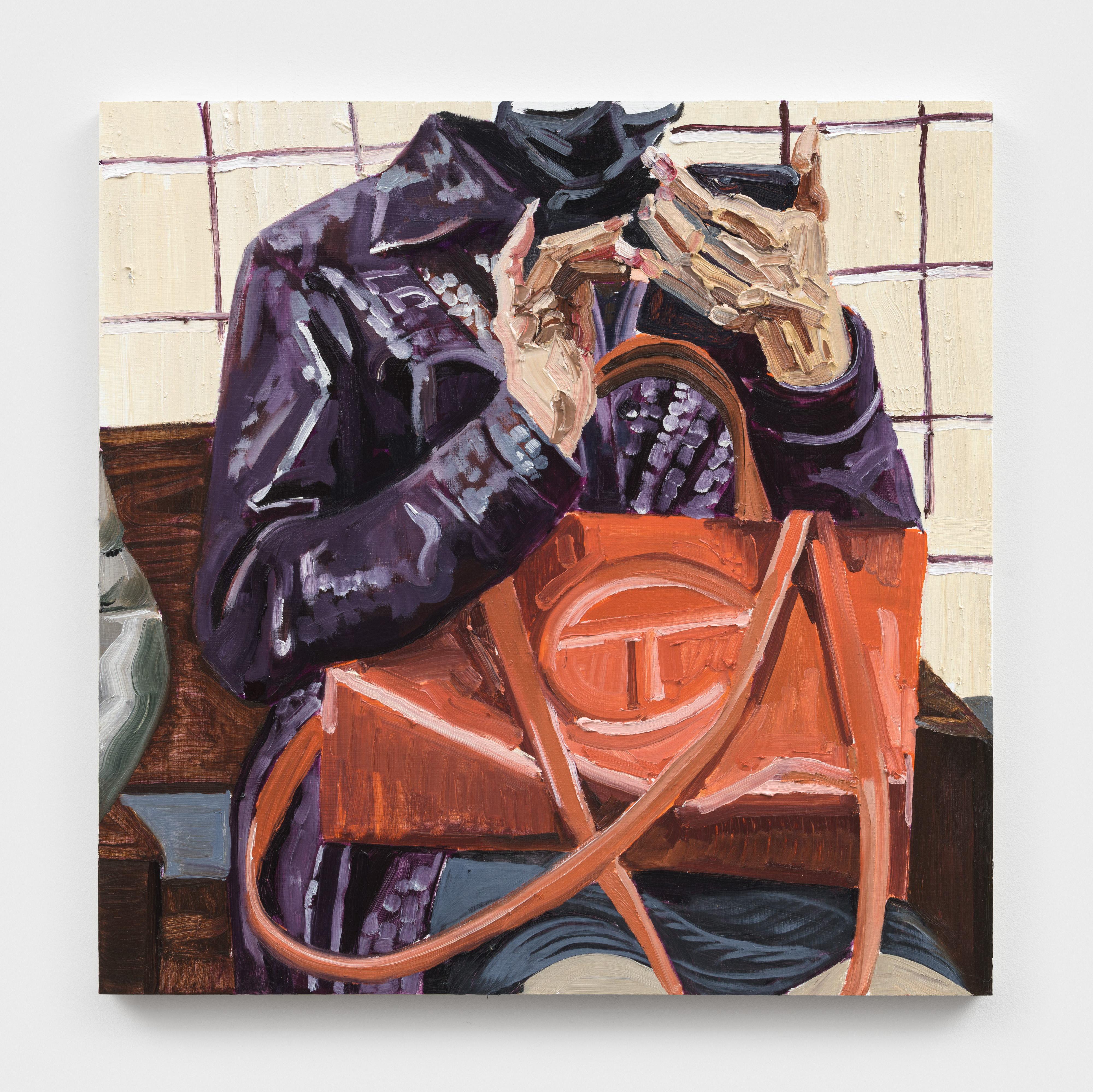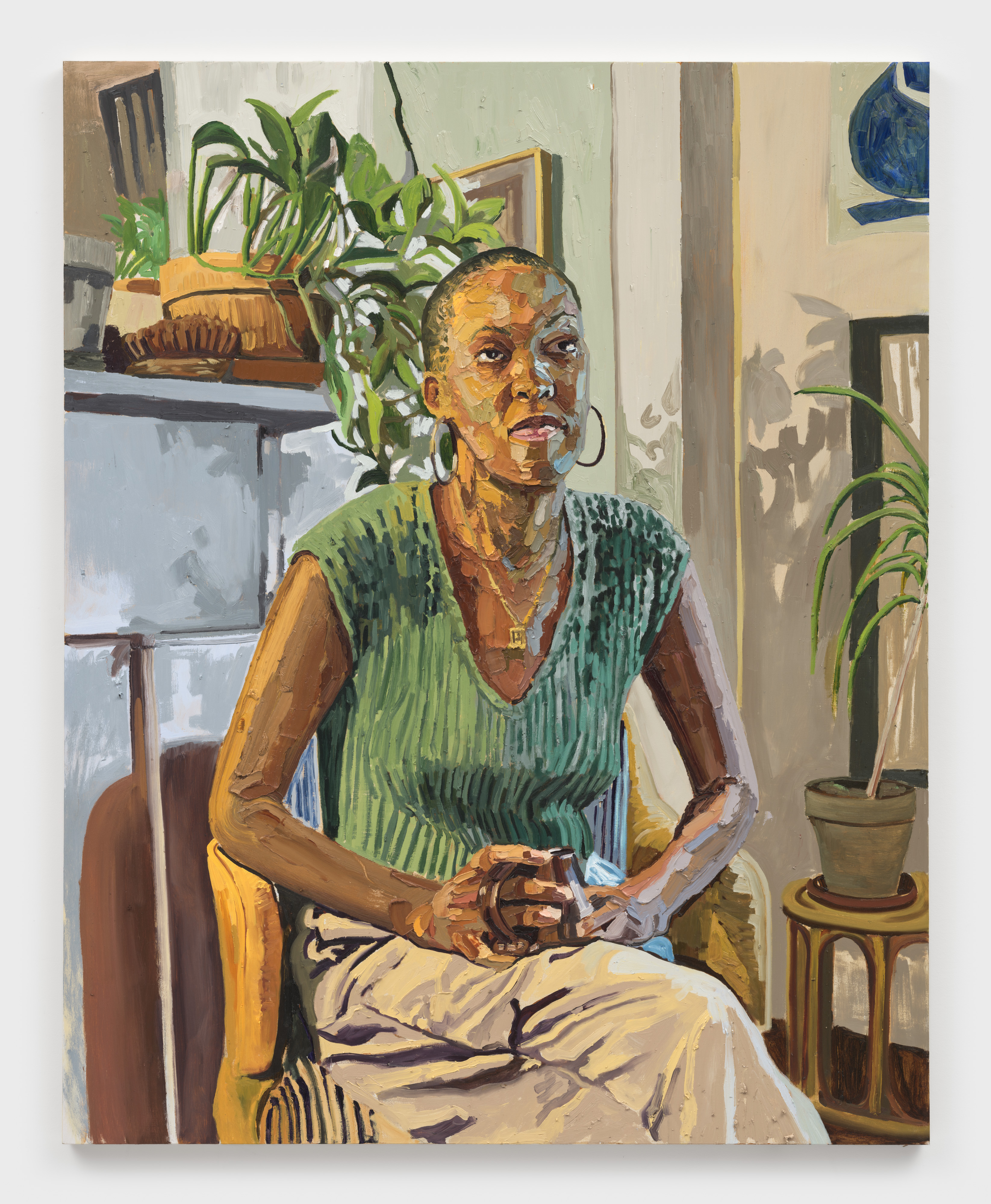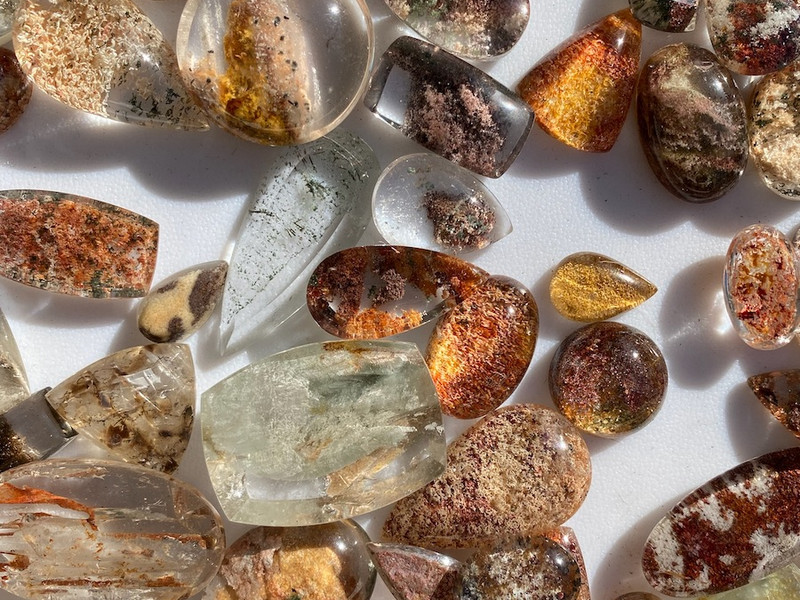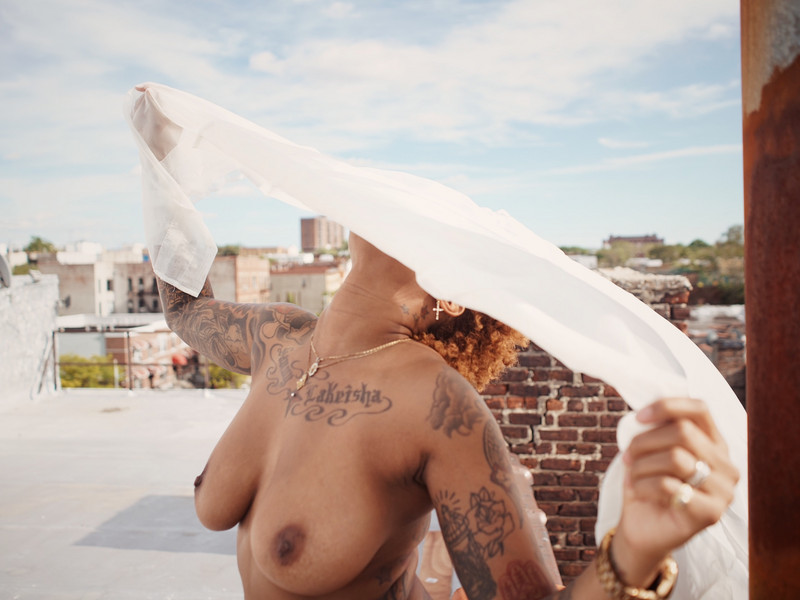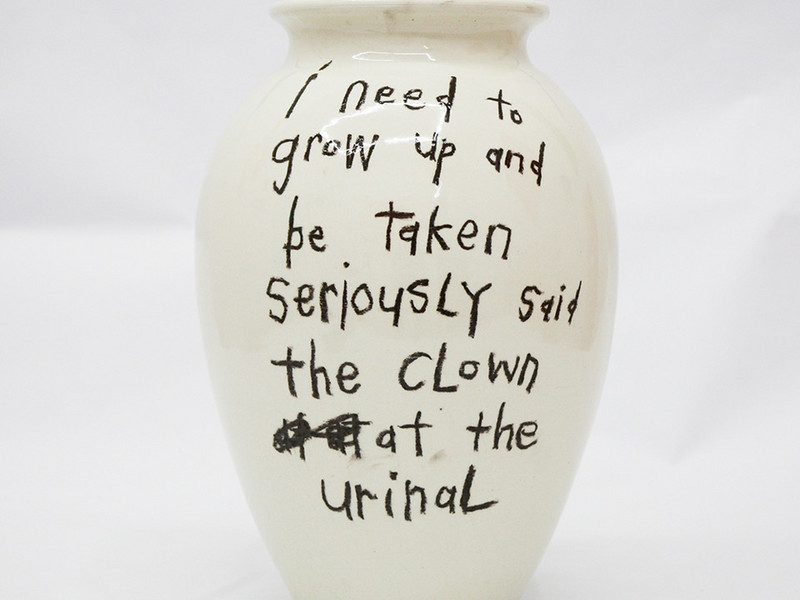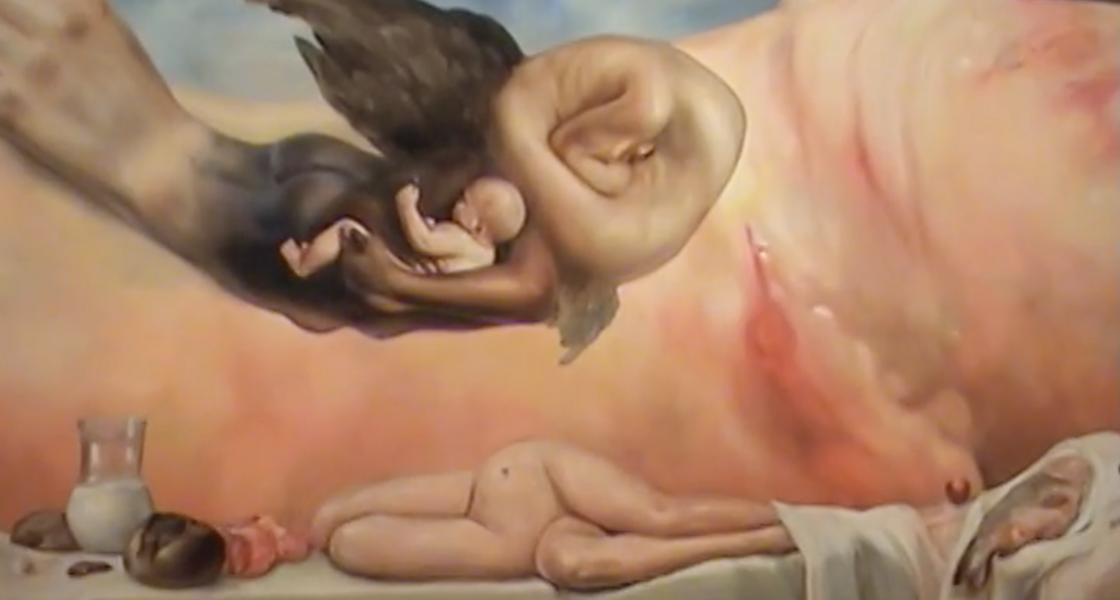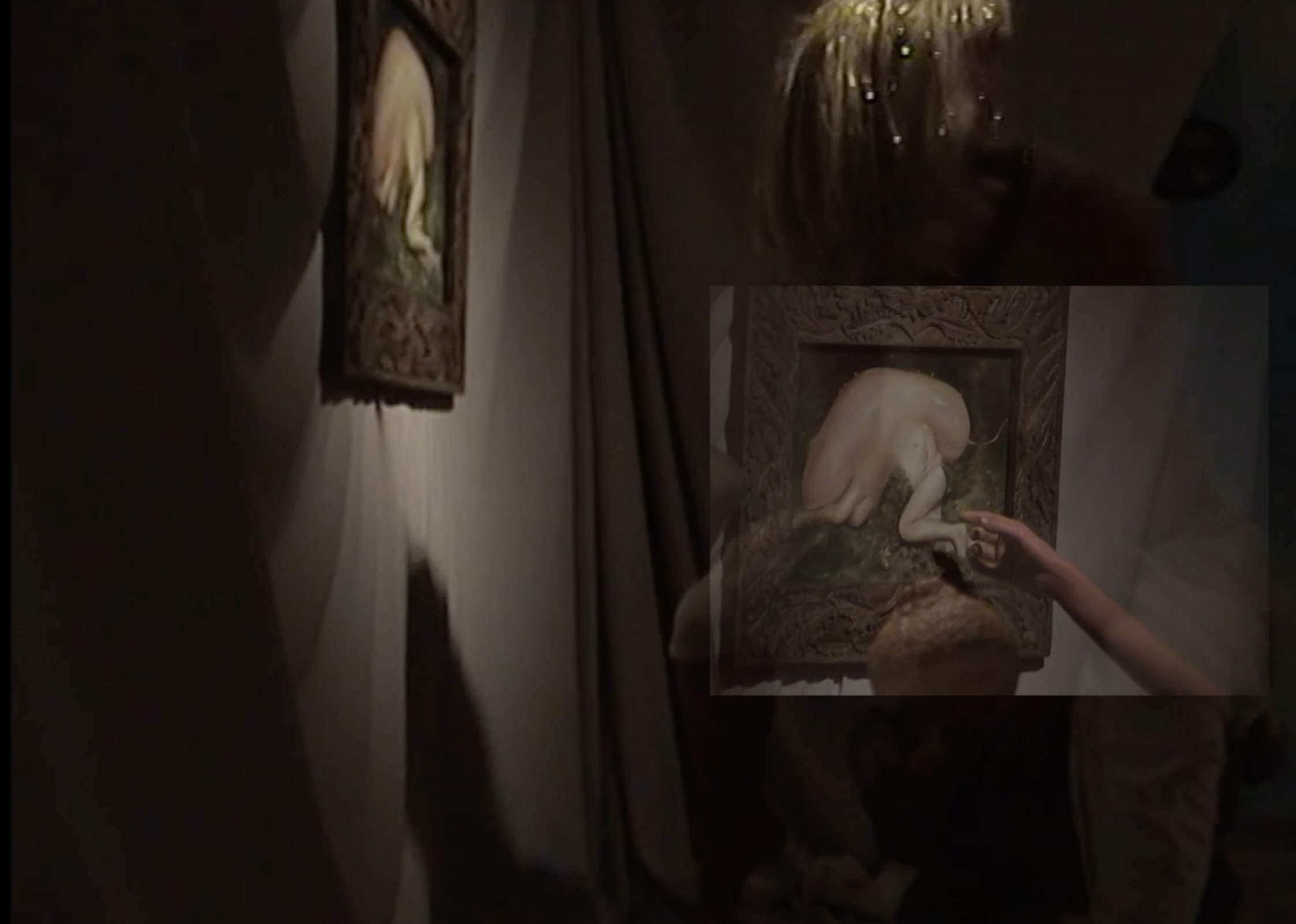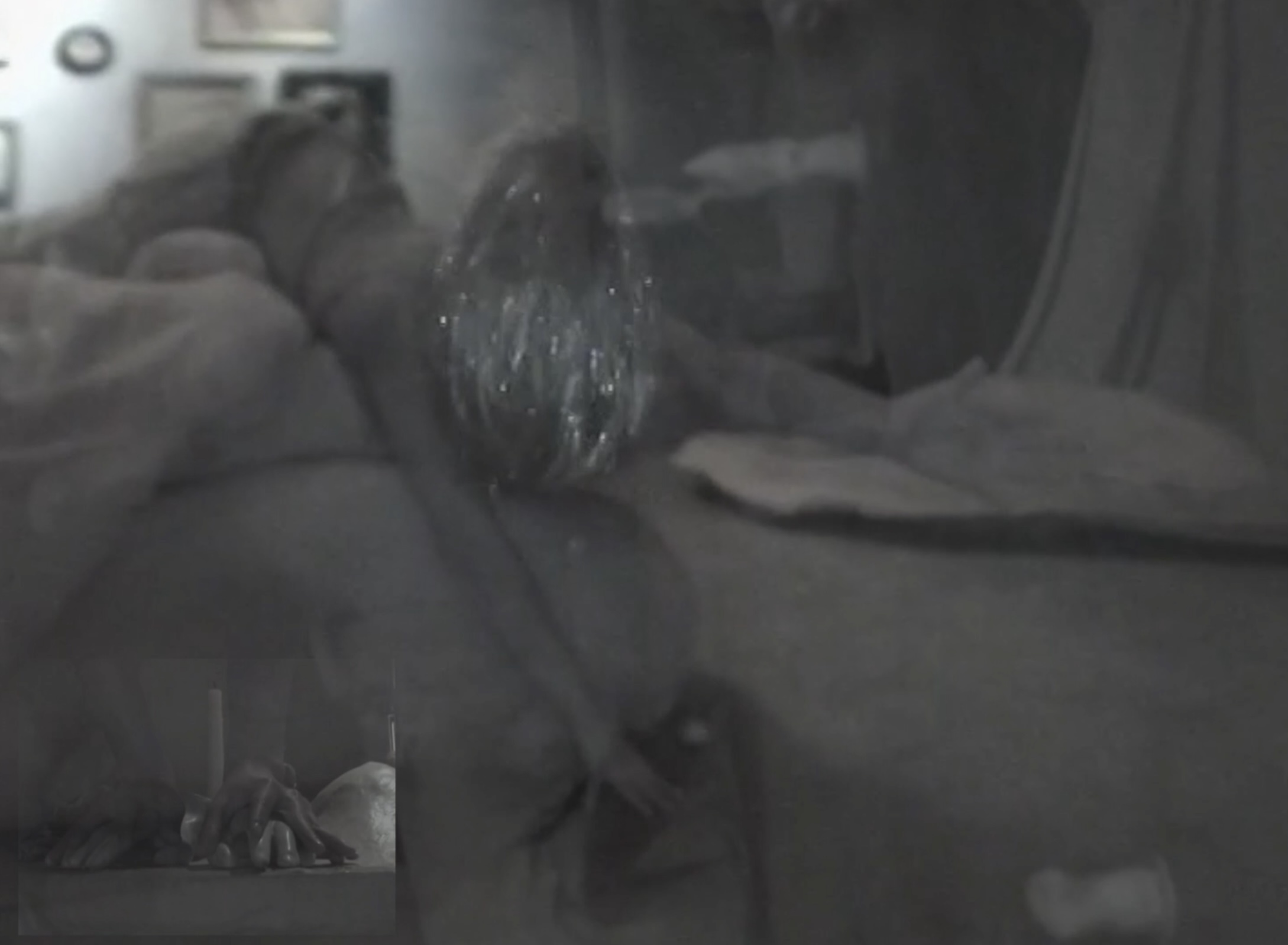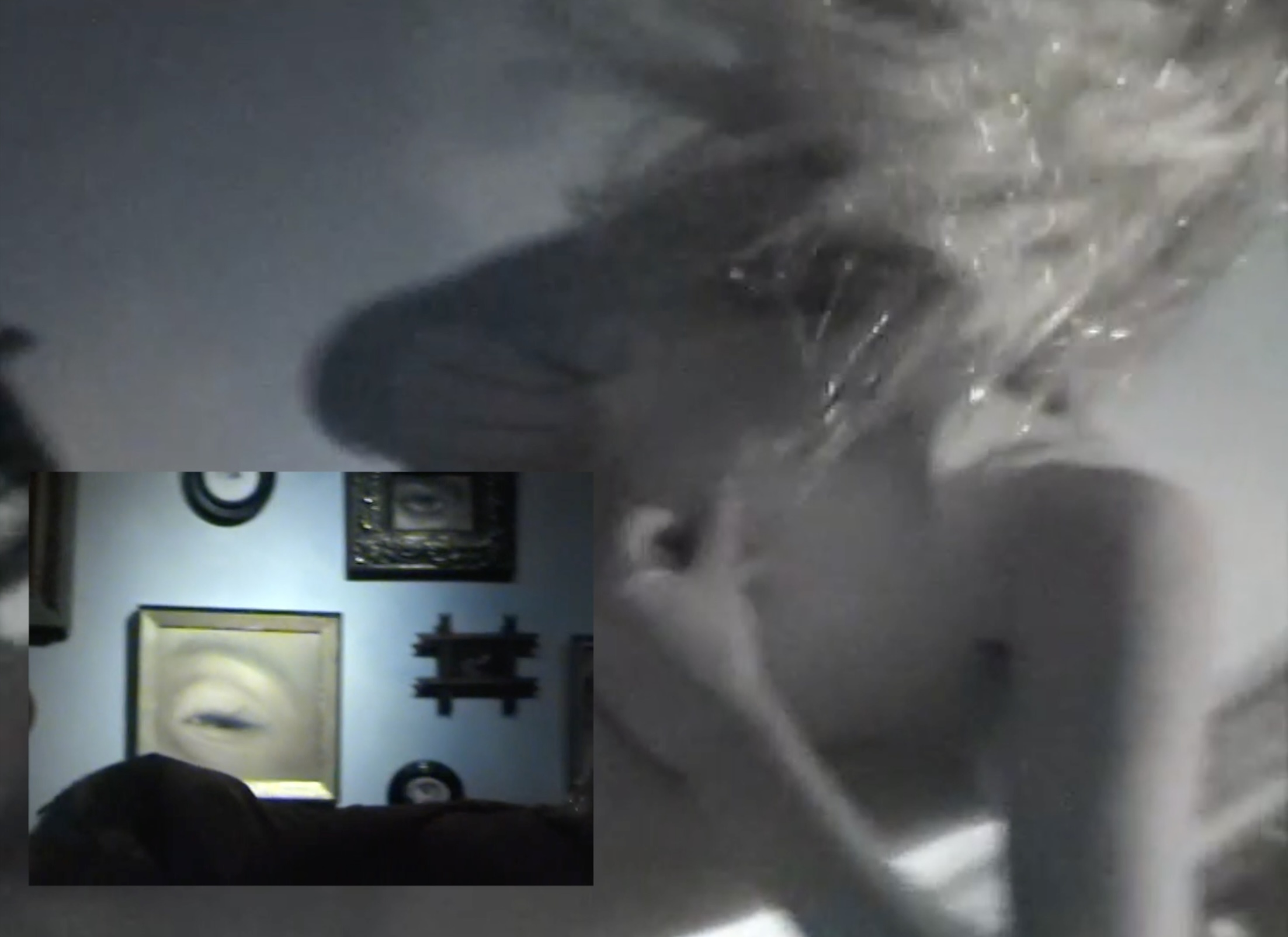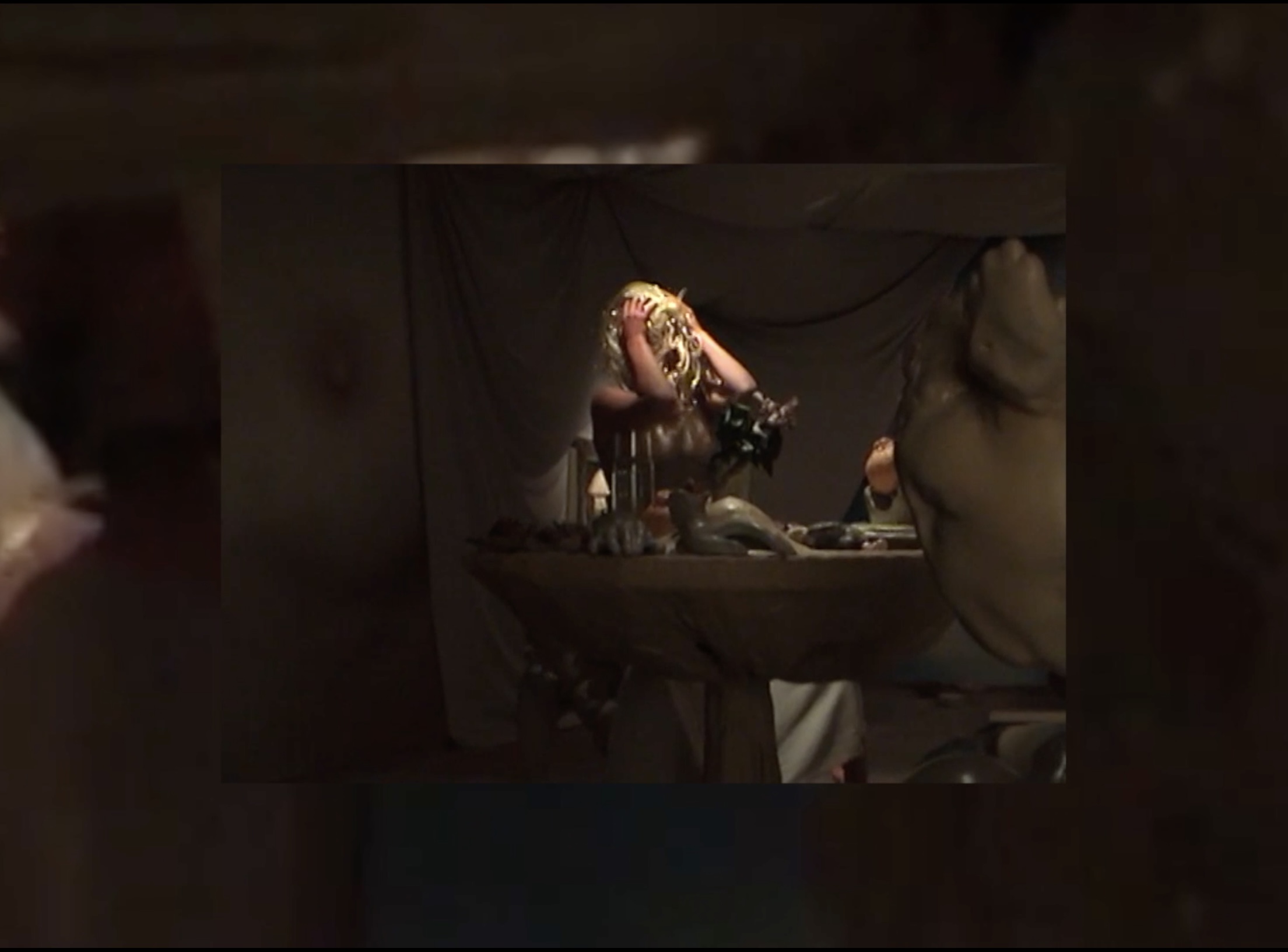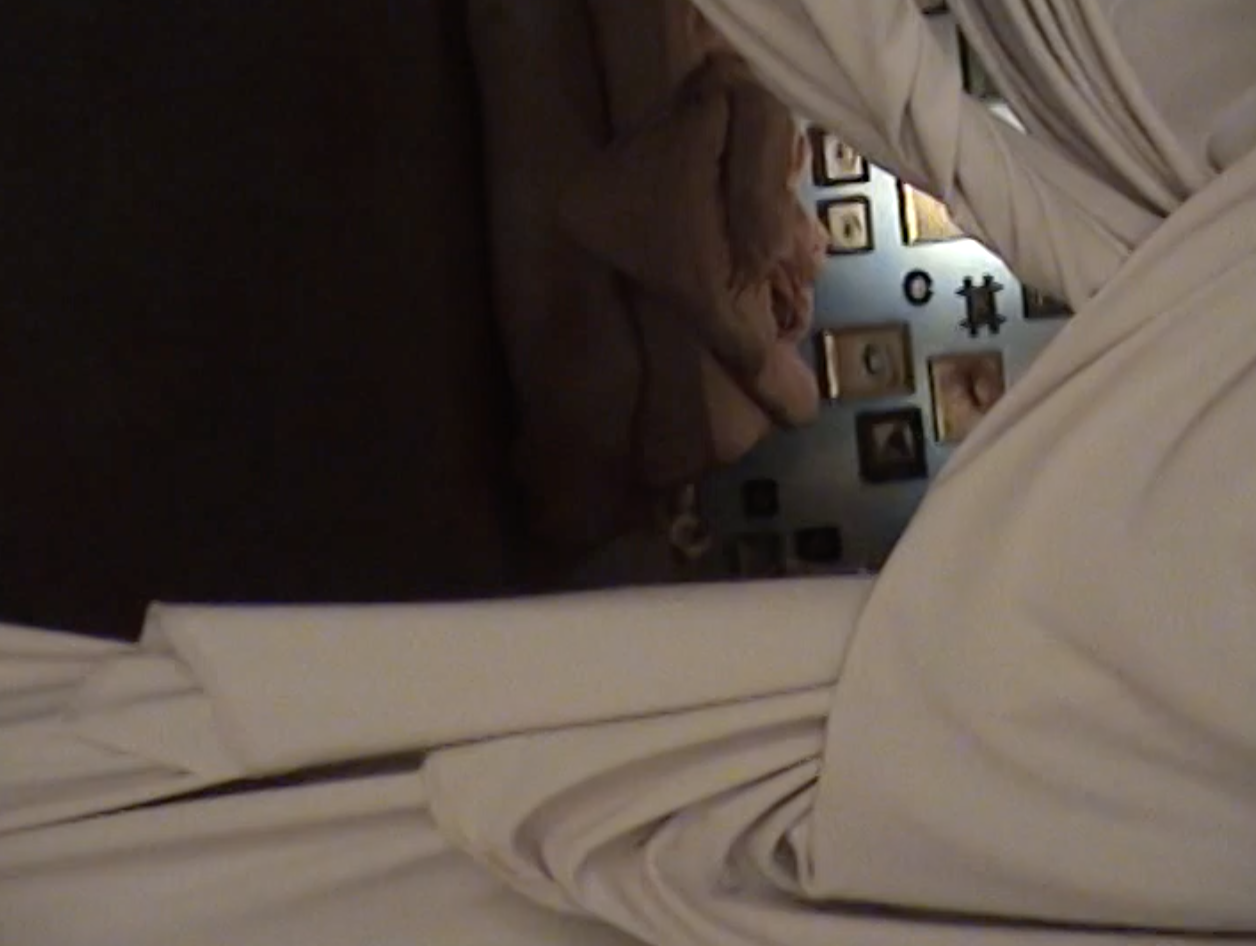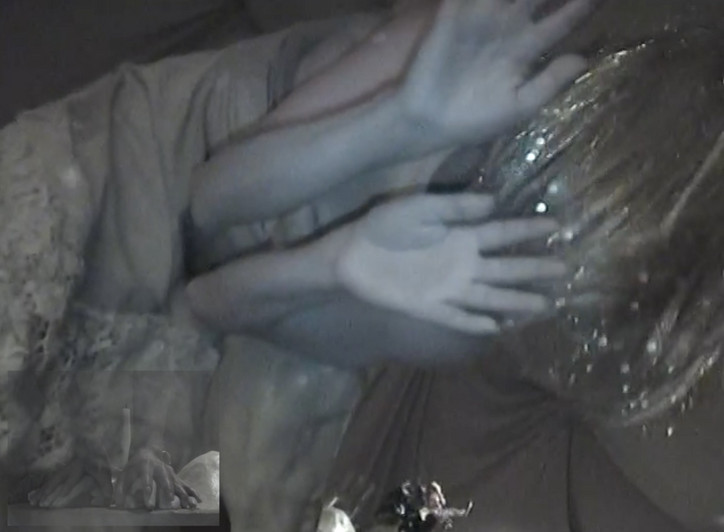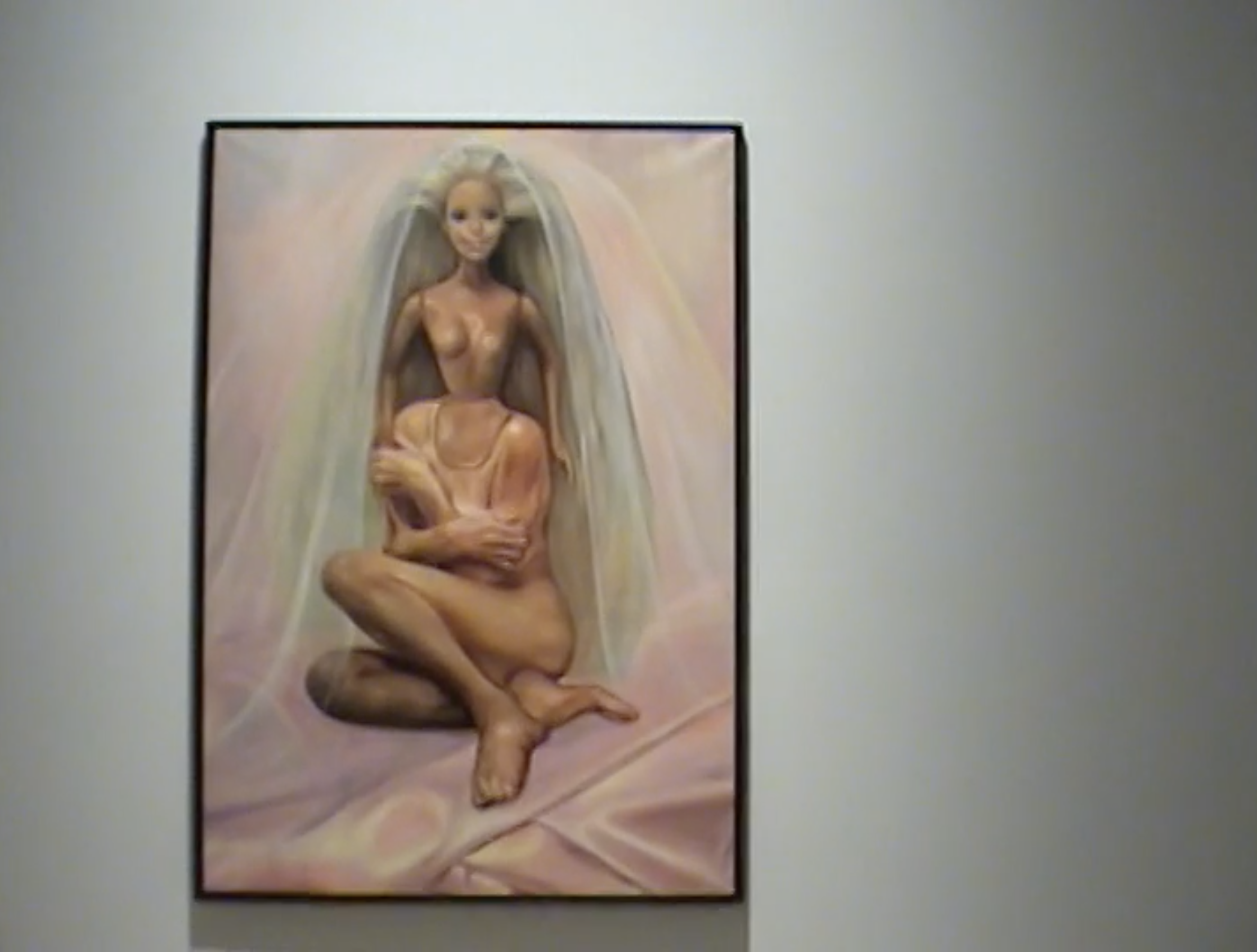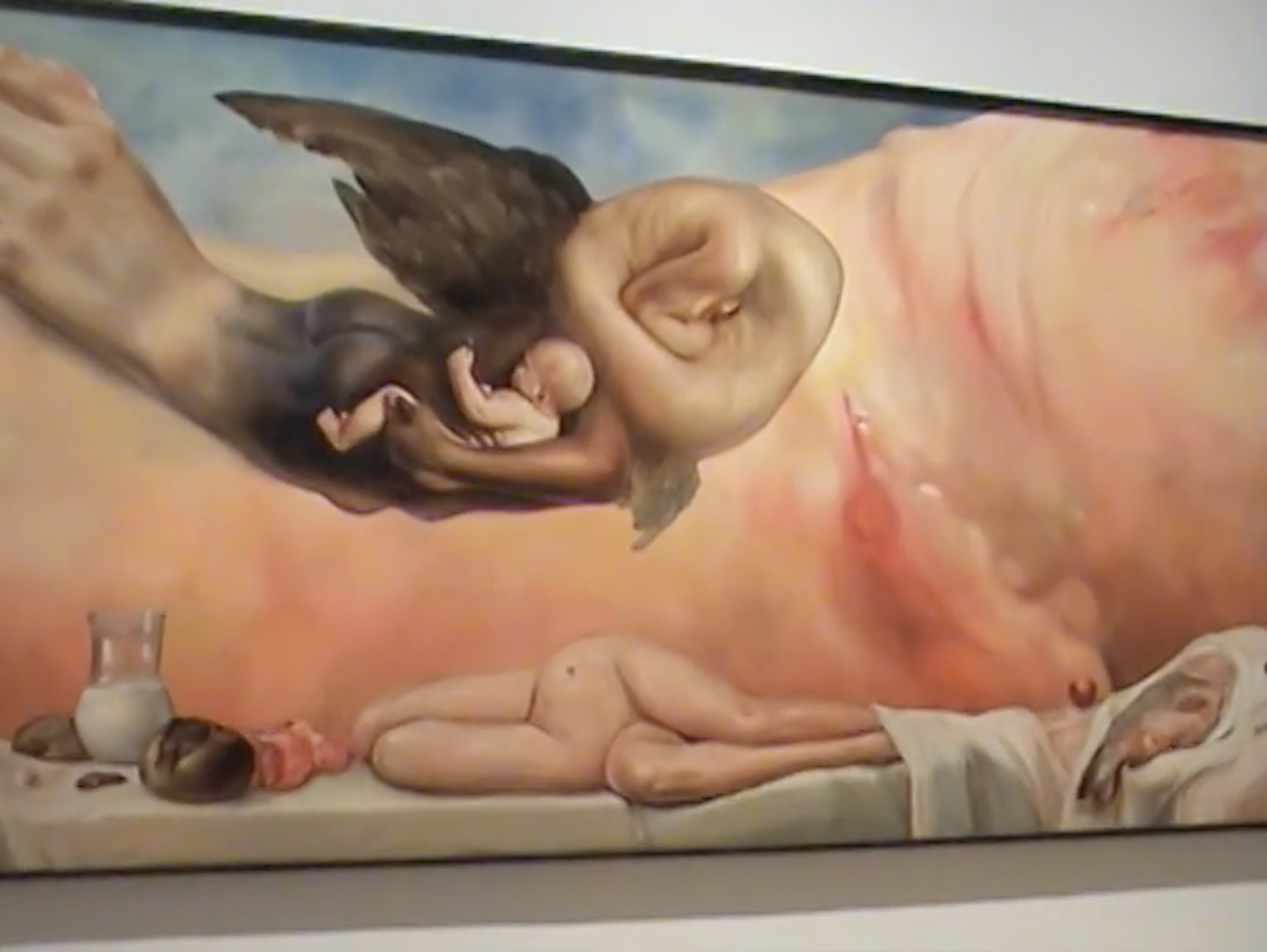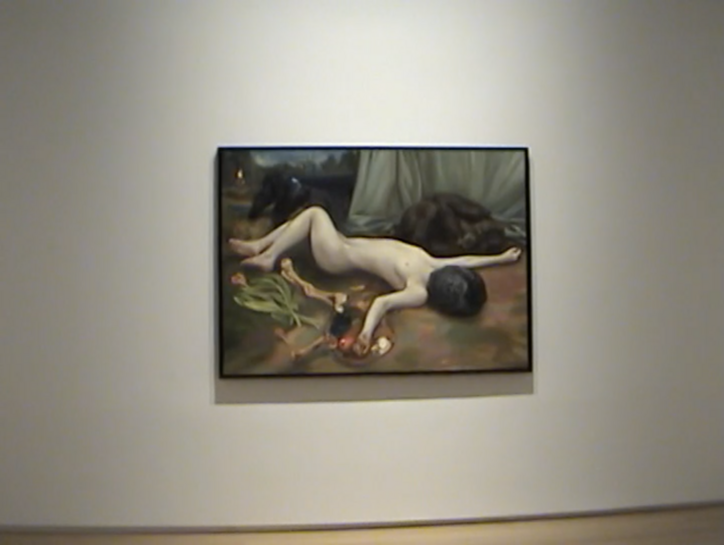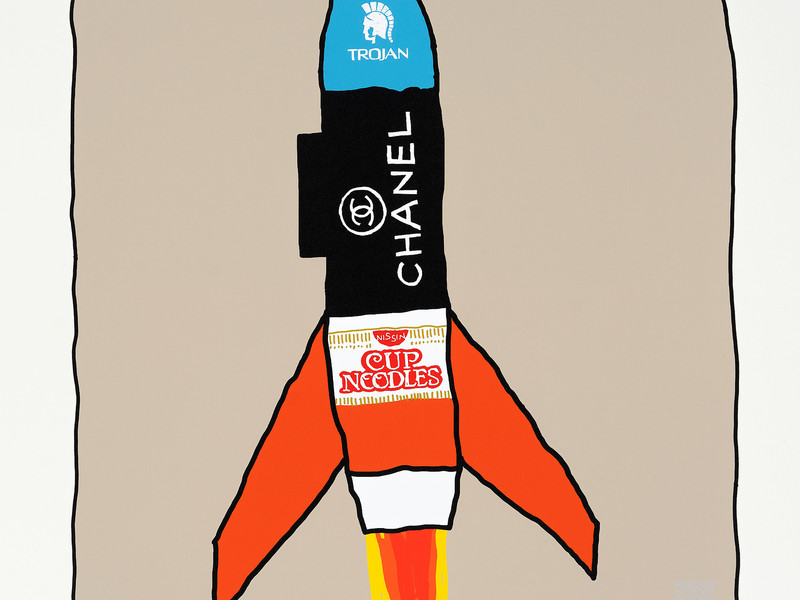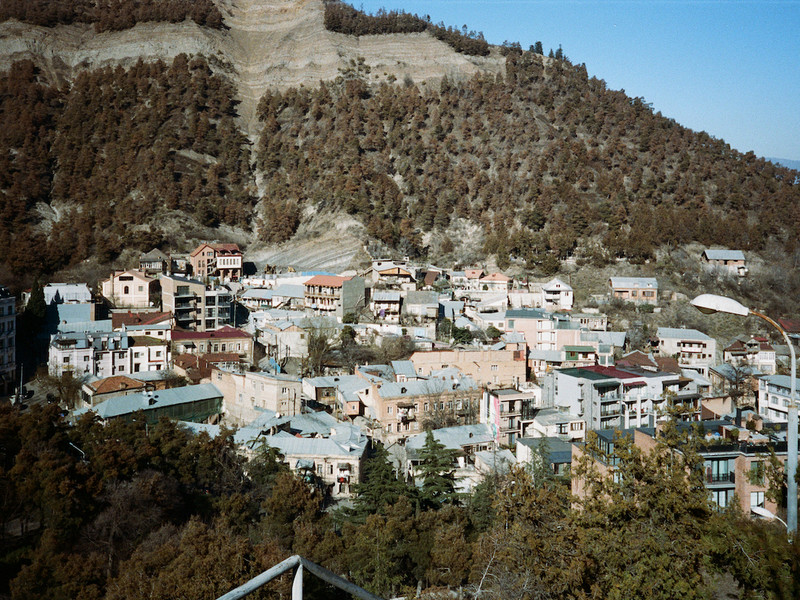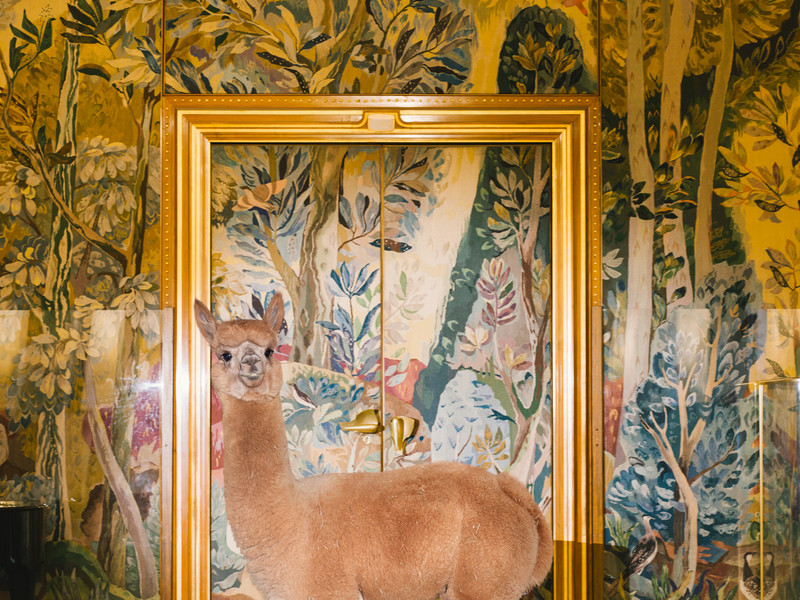Art Baby Girl IRL
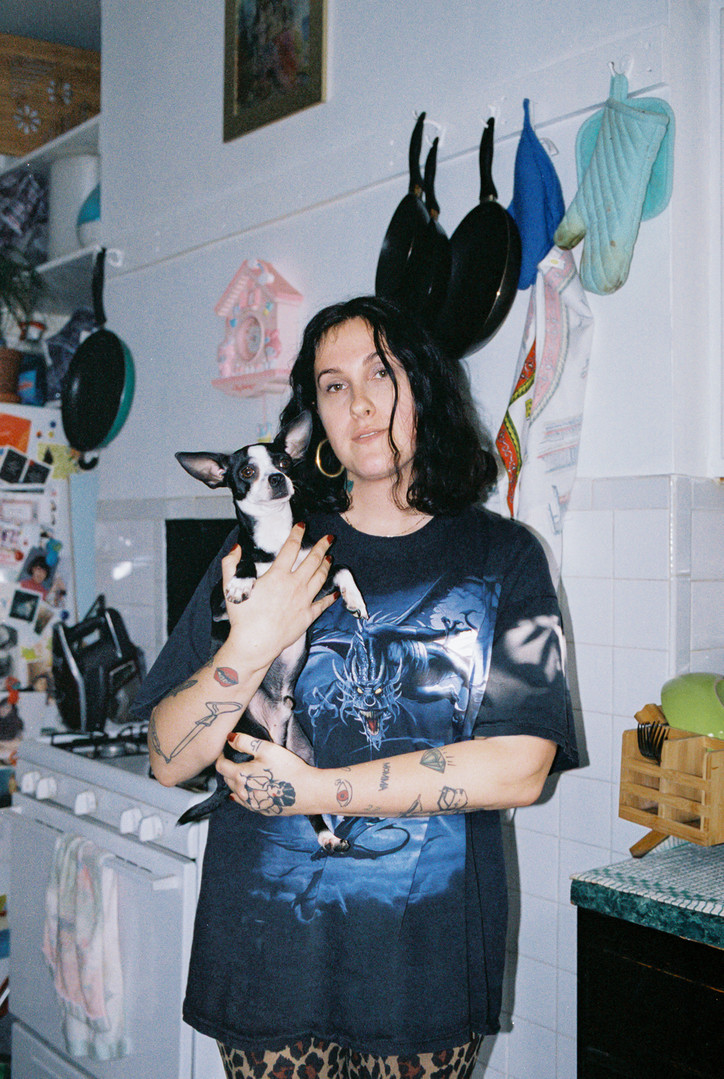
Since social media has completely upended the art world paradigm, the wave of artists whose careers it spawned, including Miceli, are writing the blueprints for a brand new art-career trajectory. Instead of selling her illustrations for thousands of dollars to rich art-buyers, she sustains herself by selling merch to her audience directly and teaming up with brands that commission her for projects. But making a business out of what she loves hasn’t always been easy—or healthy—especially since Instagram began introducing engagement algorithms that mysteriously keep some posts unseen.
“It can be hard—it sounds silly—but to post a drawing I felt was great if it feels like no one likes it,” she laments. “So, something I’ve been working on is not attaching my self-esteem and self-worth to that stuff. It can be hard not to, because being an artist you tie that shit so much to your identity.”
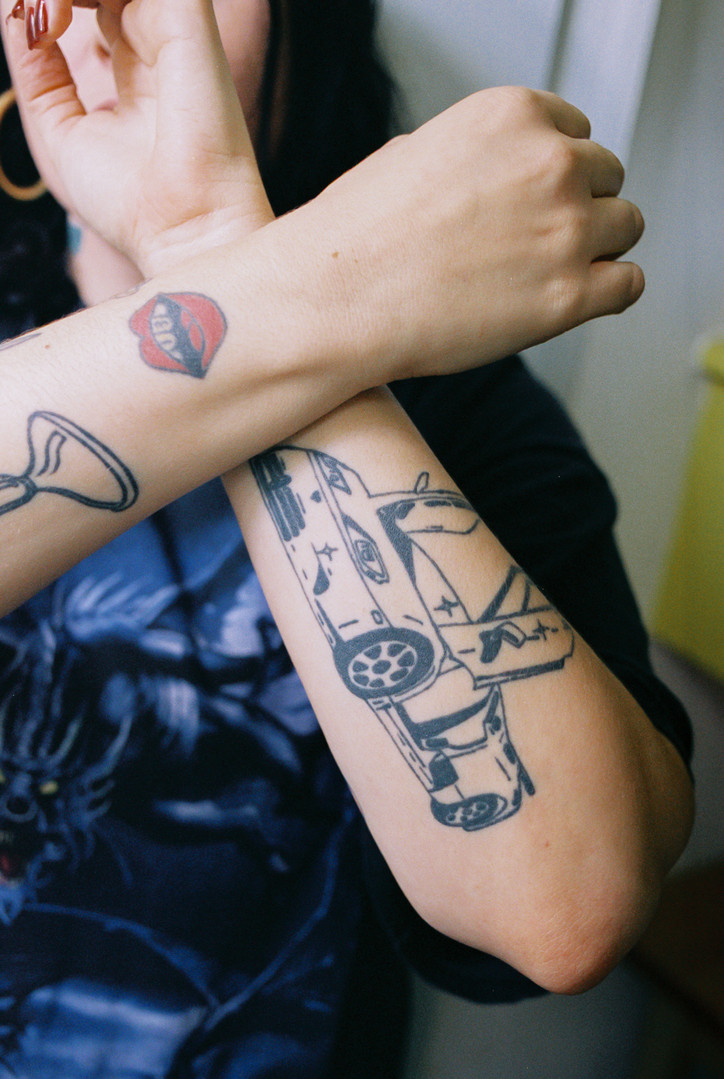
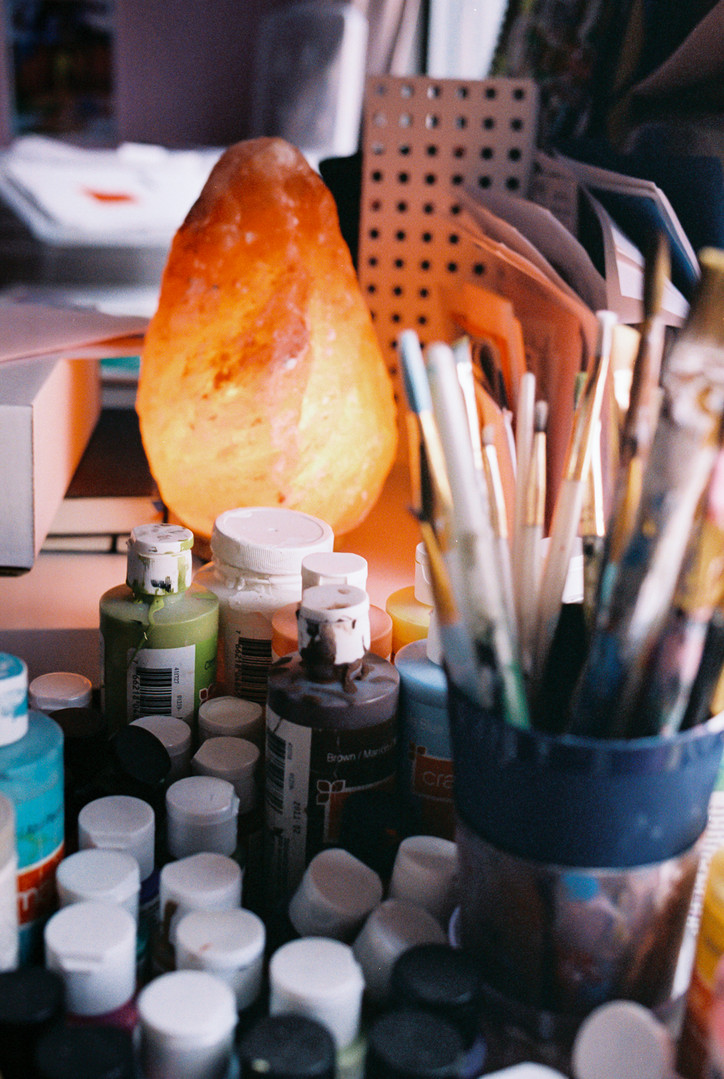
Fusing your art, work and self-identity sounds super inspiring—until likes and follows become the metric from which you measure your value or talent. While Miceli feels #blessed to not be living a 9-to-5 lifestyle, she’s had to overhaul her approach to creating over the past year. She’s newly sober and prioritizing her mental health—which means spending time meditating, indulging in plant-shopping and candle-making and spending nights at home drawing with her dog, Tony.
If you pay close attention to her feed, these life changes have manifested in her art; with her junk-food drawings gradually transforming into healthier options, like our relatable favorite, “Fear of Rejection” Vanilla Almond Milk. Of course, she’s still staying true to her comedic and radically honesty aesthetic. She's just figured out how to make the modern artist-entrepreneur lifestyle work for her.
Below, the artist sounds off on internet success and the relationship between mental health and the art world.
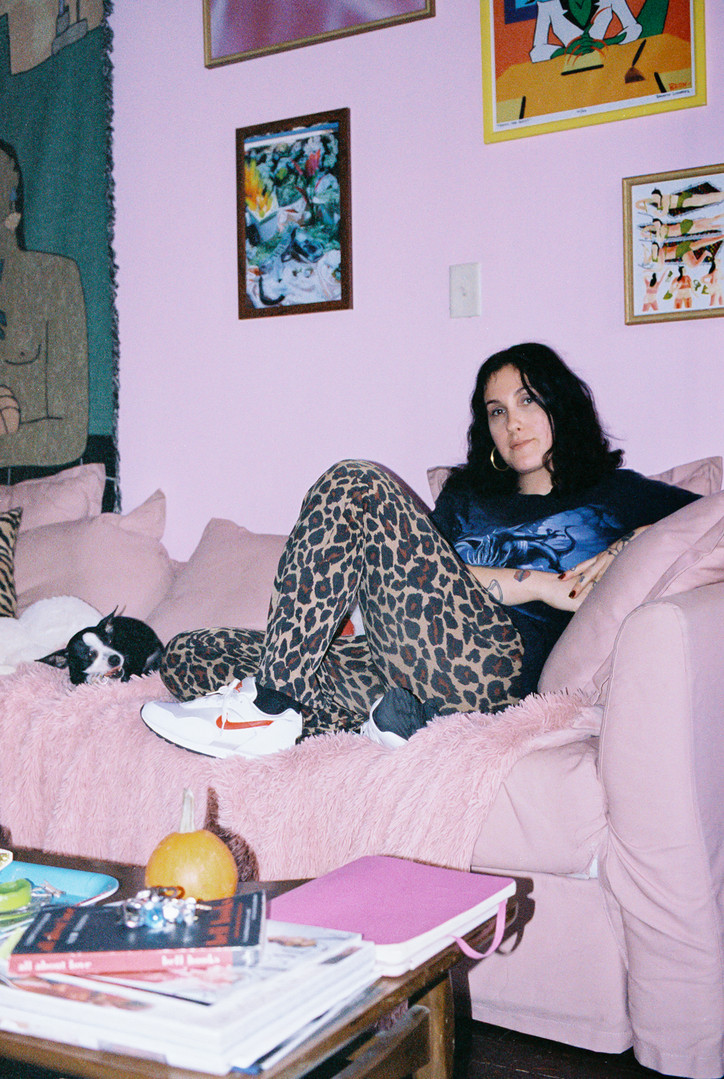
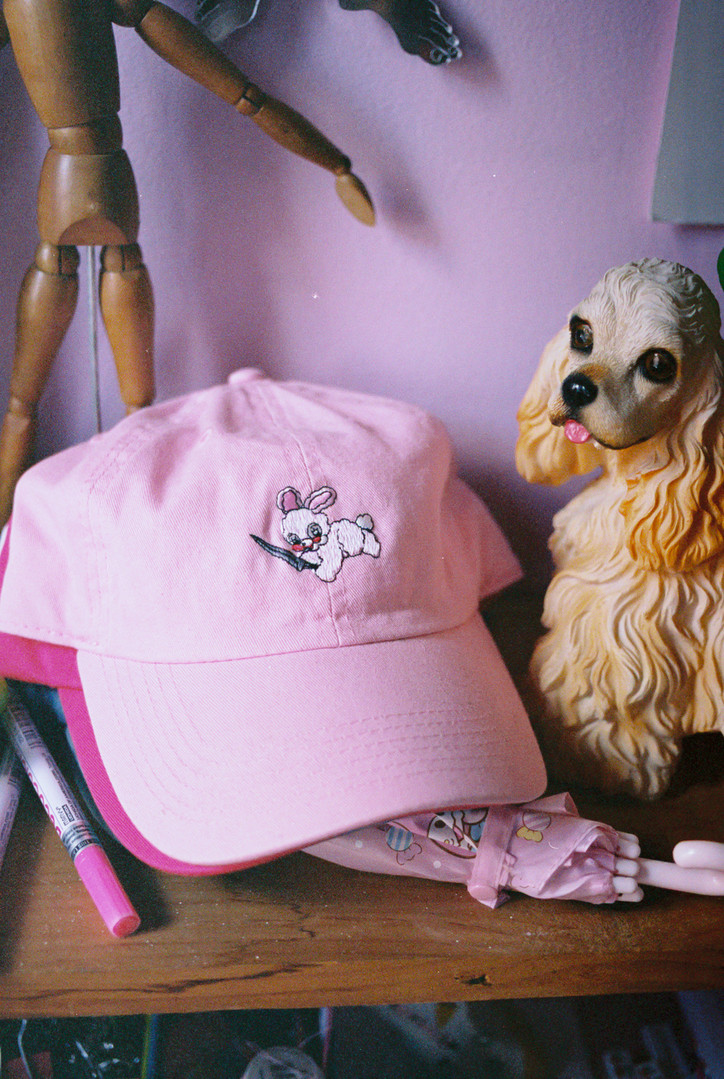
How did you see your art career panning out when you first graduated from college?
I think I was just naive. I went to a liberal arts school in Western Massachusetts, so it was very detached from New York, and I had the fantasy that you moved to New York and galleries would want to represent you, and then you just start having shows. I was an assistant working at galleries for artists and I was like, ‘Oh, that’s not what happens.’ I’m glad I realized that.
So, how does it work? And how did you make it work for yourself?
The people I was working for either had a lot of money from their parents, or they were just always totally broke. So, I worked a day job in retail for three years here, and was just trying to do as many DIY art shows, curating my friends, doing anything I could, doing so much work for free. This was before Instagram functions the way it does now, where brands just go through and pick people to do stuff—back when everyone was still using filters.
How I first started meeting peers was on Tumblr—I was so into Tumblr during college. So, the internet was always really important for me—that’s how I was networking. I knew the end result I wanted was to have my job be making art, whatever that meant. But I won’t lie, a lot of it has to do with luck and who you know, and I’ve been lucky enough that some friends I made starting out had a certain level of success, and they put me on, hired me for stuff, suggested me to their people. I would not take credit—so much of it has to do with help from other people.
The Chelsea gallery world is kind of unappealing in comparison to what you and the people you work with do.
Exactly. So, I guess I realized when I moved here what I thought was the art world I wanted to be a part of—I realized I was able to build something different and better.
Now that you’ve been doing this for so long, what kind of obstacles or roadblocks have you or your friends encountered in the more traditional art world?
I can’t even say that it’s an external thing necessarily. It’s more of an internal thing of feeling that’s not where I belonged, because—now I have nicer markers, but for years I was drawing with Crayola markers. My studio was my bed. It’s not like anyone was saying, ‘You shouldn’t do this’—that’s just how I felt. From friends who do similar things, now we realize [that when you’re] just starting out, people expect you to pay for stuff, maybe even more with brands. Doing so many jobs where brands wouldn’t pay you, or pay you in exposure, that sort of thing. I guess it’s just a sense of building confidence and learning to advocate for ourselves. My friends and peers have just had to learn to do that. It’s a newer thing to just be an artist that shares their work online and that turns into paying jobs. I don’t know how that worked before.
It wasn’t a thing before.
And younger—I just turned 30, I feel weird calling myself young—but a lot of friends I have that are early, mid-20s, they work hard, but they were able to transition from college to just working in art or fashion, which is really cool. [Instagram] cut out certain gatekeepers. That doesn’t exist as much anymore.
It seems like you—obviously you did spend time working to figure out your way, but you’ve subverted the natural path getting out of art school.
Yeah and it’s just great that that’s a thing people can do. And once you start doing it, it’s still not easy. Being in a gig economy, it’s still like, I have a job and there’s a week where I’m like, ‘What’s the next thing?’ There’s still not security to it.
It’s interesting to hear that from you, who’s had a lot of success, that you’re still in that position.
Yeah! And I think when you sign up for it, that’s just what it is, especially if you don’t have another steady source of income. I’m sure it’s a combination of my own anxieties about it, where I’m doubting myself too.
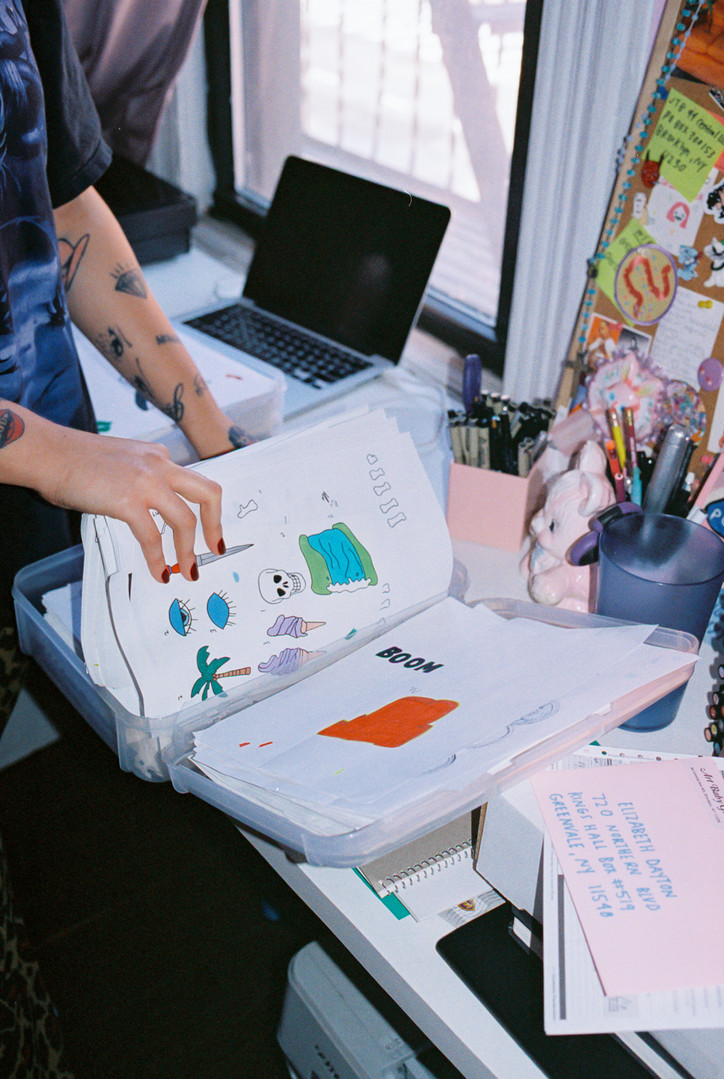
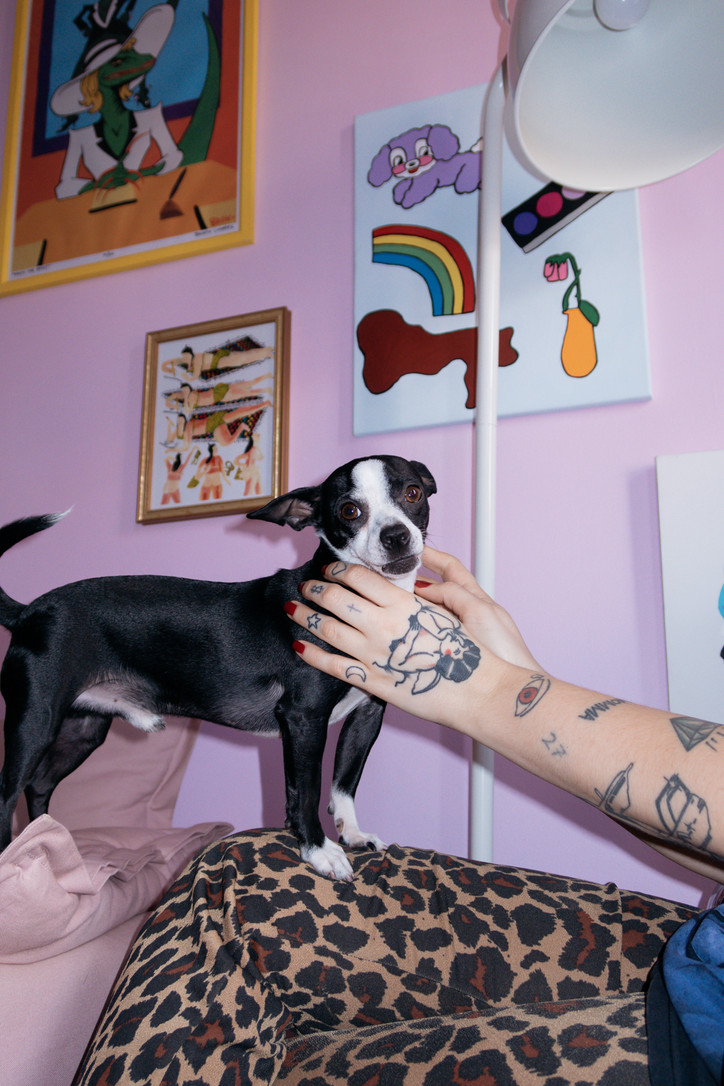
Well, it’s also the mirage of Instagram.
Exactly. It’s weird. I’m not gonna post on Instagram my credit card debt or the shit every day where I’m like, ‘What am I doing?!’
There are definitely some younger artists who overshare, though. Having been on social media for so long, you probably just have of a better gauge on what to actually share.
Right, I’ve seen a lot of people do that and I think sometimes I do want to be more real about it. But when I get the opportunity to do interviews, that’s usually when I am more comfortable talking about that kind of stuff. Because Instagram is a business card. When brands come to hire me and there’s a video of me crying about not having money—no shade to the people that are like that—but there’s a part of me that’s a businesswoman that thinks about these things, like, what does and doesn’t make me marketable.
How have you continued learning about your practice after graduating, since you didn’t continue with an MFA?
I think just practice—just doing it so much. I’m lucky to have a close, great group of friends who are also artists and encourage me to try new things.
How have you seen your subject matter progress? Have you noticed changes?
For a while, I was doing drawings that were trying to be funny—I wasn’t being as sincere with my stuff. But since I’ve been in therapy this past year, I’m finding myself making work that’s more genuine. The medium is still the same—I’m still drawing in the same style—but it’s been exciting for me to just feel more genuine and sincere with, I don’t know, even a saying I put on a cereal box. In the past, I’d be thinking I was joking about it, even though inside it came from somewhere. And I wasn’t being up front with that—I wasn’t being honest with myself. Now, I genuinely feel I’m being sincere with the stuff I’m making and that feels so good. That’s the best feeling—to be able to express myself with words, and visually. Then, I love the extra element of Instagram, where it’s like you post it and have all these people relating to it. It’s so good to know you’re not alone—to be like, ‘Okay, all these people get it too.’ I think in the past I’ve felt like, ‘What will people like?’ rather than, ‘What do I want to talk about?’
Some people worry that if they go to a therapist or work their shit out, they won’t be able to be creative.
Totally. And that is true for me, sort of. Before, I would just get these floods and stuff would just pop into my head because I wasn’t processing anything. But now that I’m dealing with my stuff, I have to try harder, which is fine, but that’s something I’ve noticed. I don’t get inspired the same way I used to. But I would never go back to how I was. Before I was just partying—that’s how I would deal.
How do you think Instagram’s algorithms have affected making it as an artist on social media?
These days, I feel better about it. There was a while where, when that algorithm stuff was introduced, I felt stressed out about it. I’ve also been trying to work with not attaching my self-worth to all that stuff, which can be hard because that’s where my job is. So, I’ve been working hard to separate that—this is my job, I make art, but it’s not who I am. Because when you do that and your posts aren’t performing well, or people are unfollowing you—I had a breakdown about that shit.
It seems like art is still your passion, but it’s become more business for you for the sake of your own mental health.
Yeah, exactly. Sometimes, I get bummed about it because it’s like, ‘Yeah, I miss that feeling of just creating something,’ because it’s inside and you just need to get it out, and not thinking about if it fits in with all your other stuff. But I guess that’s a sacrifice I have to make. But I have friends that work 9-to-5’s, and I also don’t want that. Being able to draw all day—even if it’s not without outside influence—is better than sitting in an office all day, at least to me. I’ll take the social media anxiety over that if I can just hang out with my dog all day and draw.
Follow @artbabygirl for more sarcastic and self-aware doodles. And while you're there, follow @officemagazinenyc, too.
